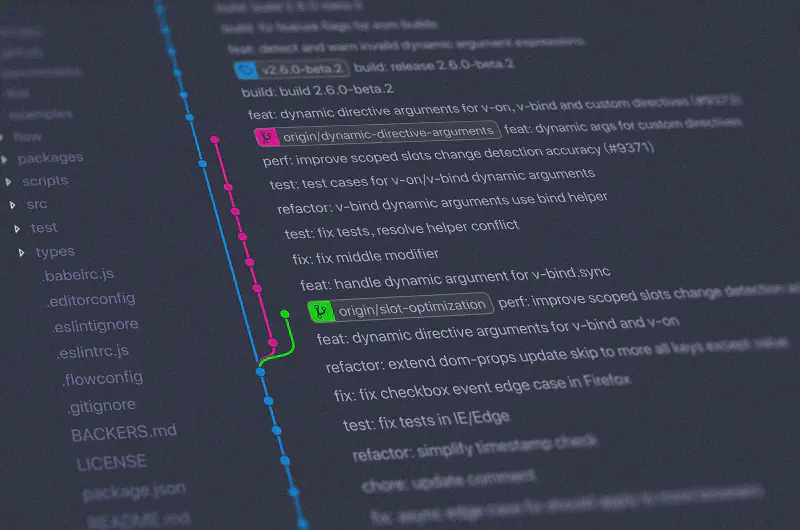Introduction
After some time working and moving through a few companies, I realized that each place has a different workflow with Git. This article introduces the Git workflow that I think is proper and is also being used at my current company. So, I won’t introduce all Git commands, just the ones I think are enough for your daily work.
Workflow
First day at work
Simple, right? On your first day, the only command you need is git clone. When you want to get the team’s source code, just open the terminal and type:
| |
A small tip: if you want the folder name after cloning to be different from the project name on remote, just add the folder name at the end:
| |
Normal days
Working alone
The boss assigns a new feature, let’s get started. But wait, if you’re on another branch, don’t forget to checkout the team’s main branch (usually called master):
| |
Then pull the latest code:
| |
To check if your local code is up to date, try using git log. I usually use this for a concise view:
| |
Then, checkout a new branch to start your feature. Adding the -b param will create and switch to the new branch:
| |
…
Code… code… code……
…
Done! Now add the files you changed to the stage. Most IDEs support quick add and commit, but if you want to do it manually:
| |
This adds all changed files to the stage. Then commit:
| |
Note: Branch and commit names should be clear, indicating what feature or bug fix they relate to. This depends on your team’s rules. Some teams use the task ID as a prefix, others use the purpose, like feature/fixbug/…
Finally, push your code to the repository:
| |
Now go to the repository and create a merge request for your boss to review. While waiting, grab a coffee.
Feature with multiple contributors
If your branch has multiple people working on it, and someone else pushed before you, before pushing, pull like this:
| |
Your commit will be placed on top of your colleague’s in the log.
If you want to fetch code but not merge yet, use:
| |
In my opinion, pull = fetch + merge.
Merging code
After review, your boss agrees to merge, but during review you added, changed, or deleted some files. You want to rebase those commits into one, or just edit or delete a commit. Suppose you have 3 commits to combine:
| |
The terminal gives you options like edit, reword, squash… Change ‘pick’ to the option you want. Press Ctrl + O to save, then Ctrl + X to exit.
Another issue: someone else pushed to master. You can still merge, but it will create a merge commit. I usually rebase and merge fast forward.
First:
| |
Then rebase. You must be on feature_branch:
| |
Simply put, rebase gets the latest code from master, then “rewrites” your feature branch to put your commits on top.
Finally, force push to your feature branch. Force push applies your local log to the repo branch, regardless of differences:
| |
If you’re the only one on the branch, force push is fine. But be careful when force pushing to a branch with multiple contributors, as it can cause conflicts for others. Only do this when you’re sure your feature is done.
Then, merge code via the merge request on the repo. Task complete!
Crisis days
Reset
Sometimes you make a mistake and need to revert code. Git reset has 3 options for you.
Reset commit but keep code in stage, ready to recommit:
| |
Reset commit and remove code from stage. You need to use git add before recommitting:
| |
Reset commit and delete all code you did:
| |
Stash
You can use this as a lifesaver to temporarily save code before rebasing or checking out another branch that has conflicts. Think of it as a stack-structured scratchpad.
To stash all current changes:
| |
To apply the last stash:
| |
I mainly use Android Studio now, which has Shelf with similar functionality, so I don’t use git stash much anymore.
You can read more here.
Conclusion
Honestly, the title is just clickbait—there’s no such thing as a “proper” workflow. Every company and project is different. If your project is small and speed is a priority, you might skip some steps and push straight to master. If your project is big and strict, you might not allow force pushes to remote. So, what’s your company’s workflow? Share it with me!
Thanks for reading!
